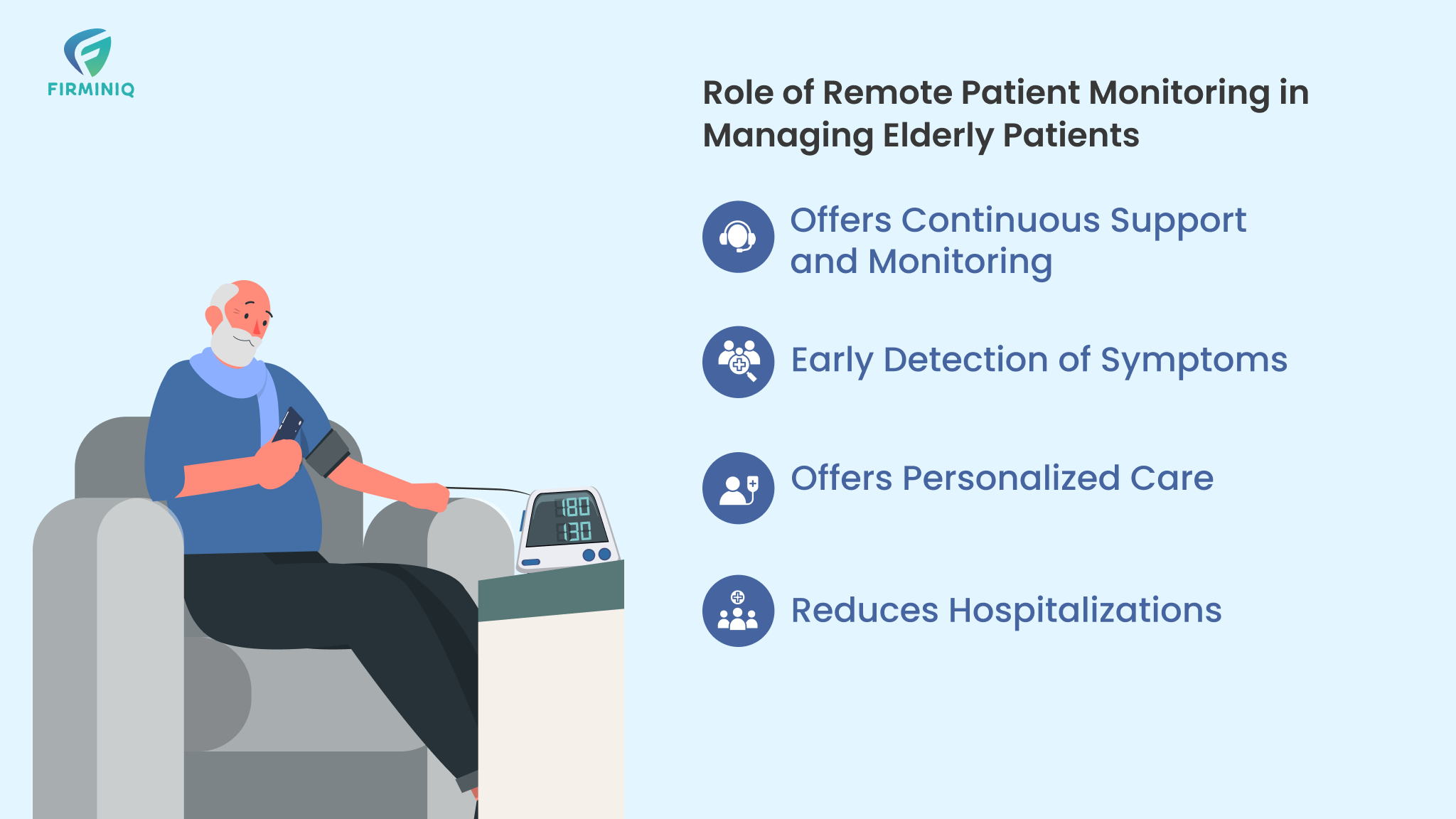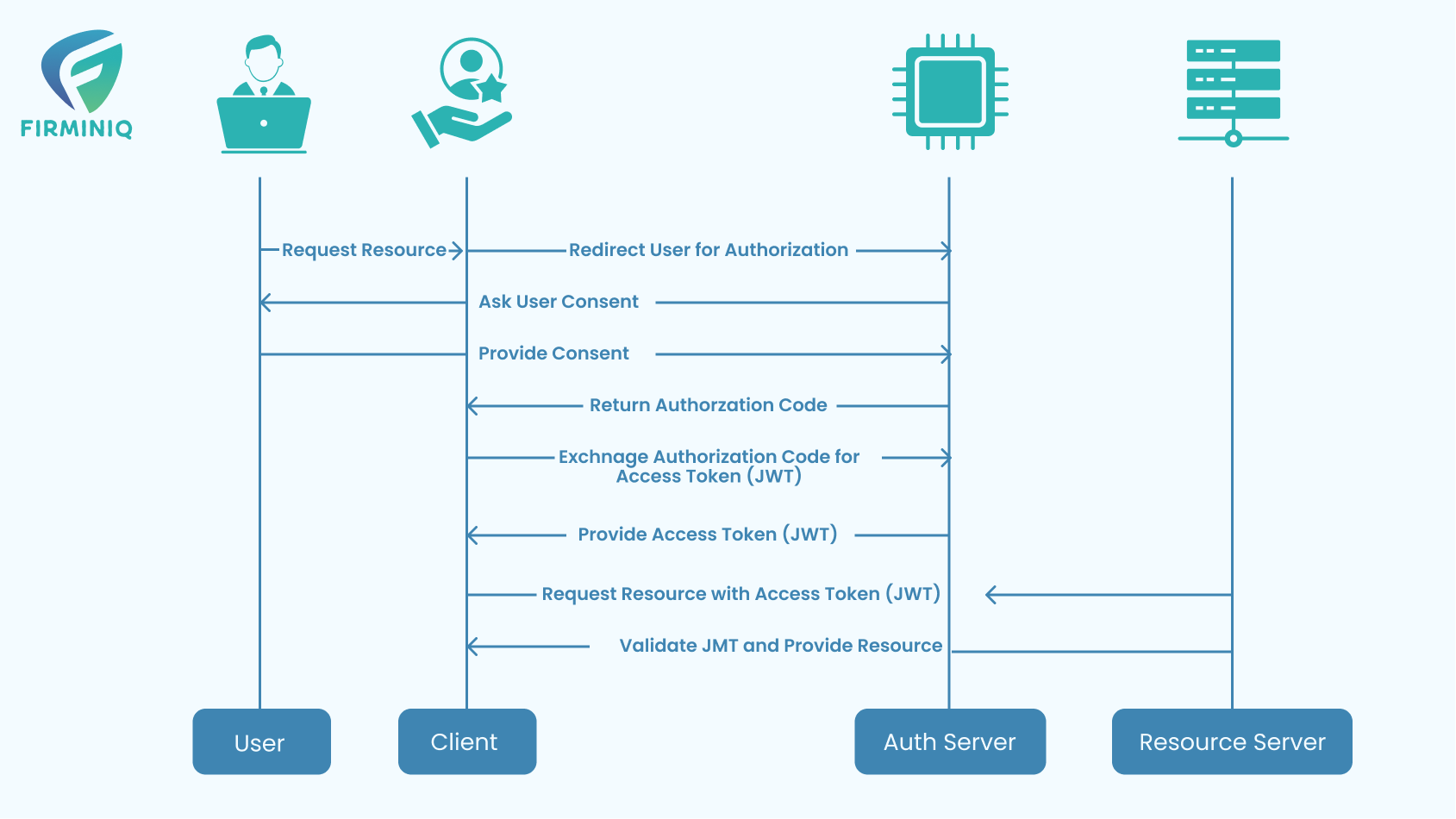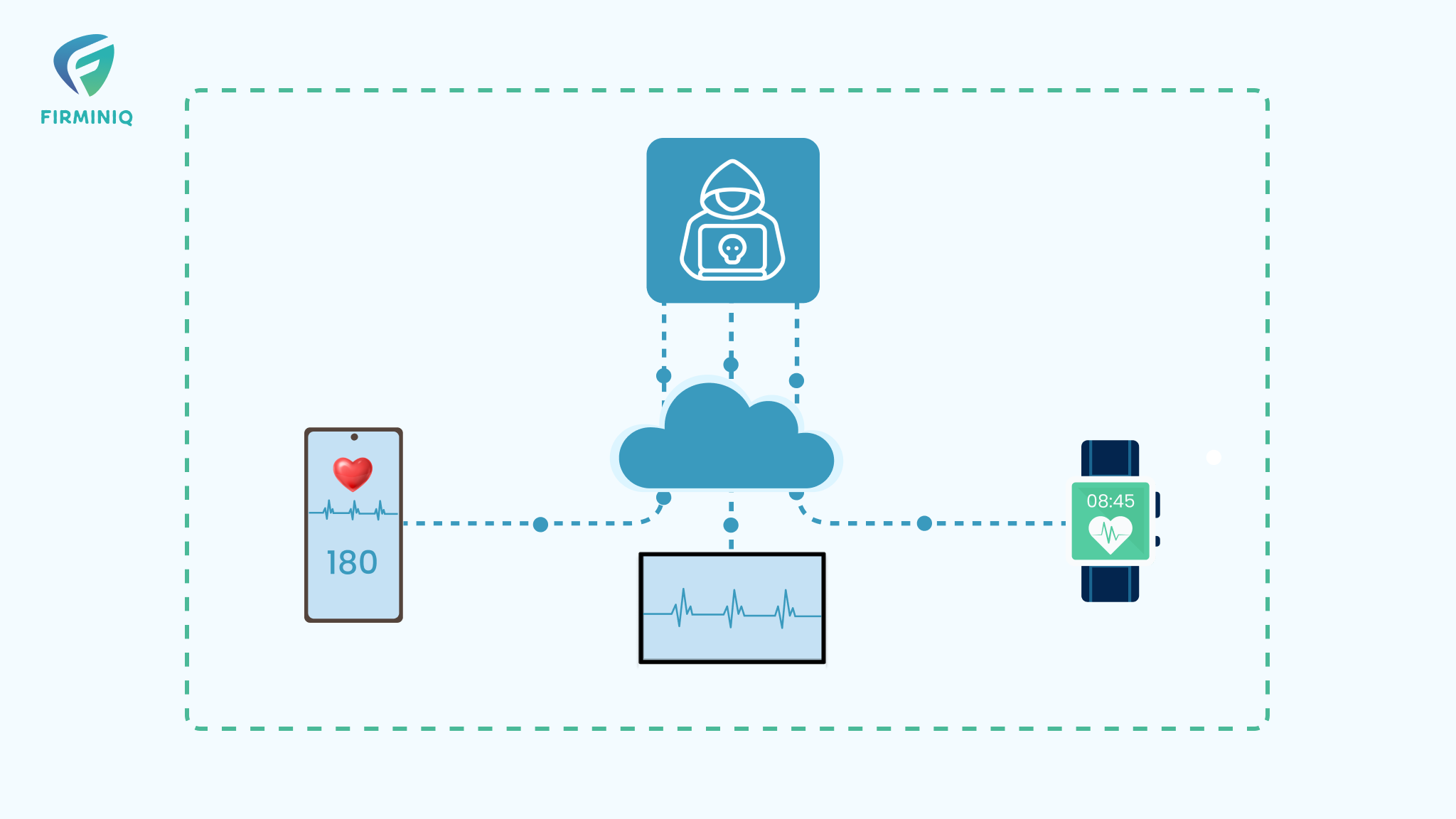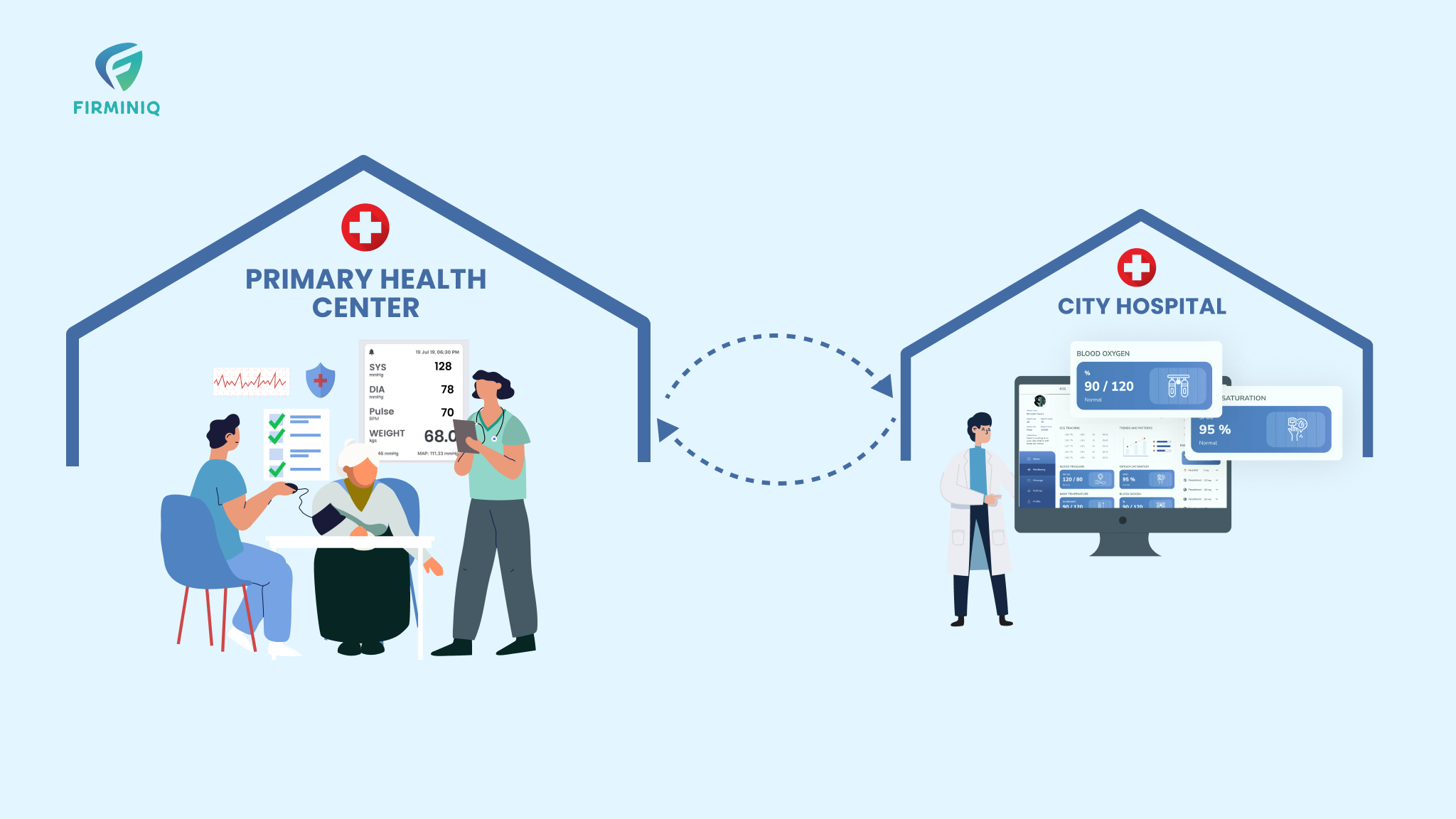The rapidly aging population in India is significantly impacted by chronic conditions. According to NIH, “About 21% of the elderly in India reportedly have at least one chronic disease.” Additionally, the UNFPA reports that, “With the decadal growth rate of the elderly population of India currently estimated to be at 41%, and the percentage of elderly population in the country projected to double to over 20% of total population by 2050.” Consequently, the demand for effective healthcare and easy accessibility becomes a need for elderly people.
Conditions such as diabetes, hypertension, heart disease, asthma, etc. are commonly prevalent among the elderly, necessitating continuous monitoring and timely medical interventions. Due to their health conditions, they may require specific care that traditional caregiving methods could not fulfill. Thanks to RPM (Remote Patient Monitoring) and telehealth, offering a transformative solution to enhance elderly care while ensuring improved health outcomes.
Together, the combination of RPM and telehealth helps address the needs of elderly patients. By integrating them into the healthcare system, organizations can create a more responsive, efficient, and patient-centered model of care that meets the evolving needs of India’s aging population. This enables continuous improvement and data monitoring in real time without frequent hospital and emergency visits.
In this blog, we explore the challenges the elderly population faces and how RPM and telehealth prove a robust combination that helps combat them.
Challenges Faced by the Elderly Population
Elderly population in India faces numerous challenges and it is vital for healthcare organizations to combat such challenges. The key challenges include.
1. Managing Chronic Conditions
The number of chronic conditions is on the rise. “Seventeen percent elderly in rural areas and 29% in urban areas suffer from a chronic disease.”- NIH. Conditions like diabetes, hypertension, and heart disease are common among the elderly population and require continuous physician monitoring and timely medical intervention.
2. Mobility Issues
Physical limitations and lower mobility make it challenging for the elderly to visit hospitals in any scenario. This issue is one of the significant challenges for the elderly population in India because as the population ages, it becomes difficult for them to carry out their day-to-day activities and move around. As they face mobility issues, their ability to visit hospitals and access healthcare services reduces, which leads to health complications and decreased quality of life.
3. Limited Accessibility
Many elderly individuals live in rural or remote areas with limited access to healthcare facilities. Yes, in the remote areas the access to healthcare services is limited and that makes it challenging for them to avail themselves of the treatment.
4. Mental Health and Peace
“Data from a recent epidemiological study indicated an average of 20.5% mental health morbidity in older adults. Accordingly, it was found that, at present, 17.13 million older adults (total population, 83.58 millions) are suffering from mental health problems in India.”- National Library of Medicine
Elderly patients generally face mental health issues like loneliness, depression, anxiety and more. Addressing the issues becomes vital for improving the overall health and well-being of individuals.
Role of Remote Patient Monitoring in Managing Elderly Patients
RPM uses robust technologies that collect health data from patients and transfer it to the physicians in real-time. It offers a plethora of benefits for the elderly population. Let us highlight the crucial role of RPM in care management.
1. Offers Continuous Support and Monitoring
RPM allows for continuous support and monitoring that ensures the patients can receive support whenever required. Real-time data tracking helps physicians to track the patient’s vital signs, adhere to medications and indicate emergencies. Any fluctuations from the current readings can be notified to the physician and they can intervene and adjust the treatment regimen accordingly.
2. Early Detection of Symptoms
RPM allows earlier symptoms detection, a crucial benefit for chronic care management. It ensures that the patient’s health is monitored regularly and any subtle changes in the vital signs may indicate an upcoming issue. It is one of the proactive approaches that benefits both patients and the physician’s while preventing progression of diseases and reducing the risk of complications associated.
3. Offers Personalized Care
With RPM, physicians can leverage detailed and continuous health data that is specific to every patient. Whether it is patient history, reports from tests and more, physicians can access the data that allows them to offer customized treatment plans to the patients. Personalized treatment plans can improve the patient’s outcomes by addressing the individual health concern more effectively.
4. Reduces Hospitalizations
RPM holds immense potential that reduces hospitalizations and ensures the patient can be treated from the comfort of their homes. With early detection of health issues, RPM allows physicians to intervene and treat patients promptly. It therefore reduces the patient’s need to visit hospitals frequently and leads to better healthcare outcomes.
The Impact of Telehealth
Telehealth offers virtual access to healthcare services that improve care for the elderly in multiple ways.
1. Virtual Consultations
Elderly patients can consult with healthcare providers from the comfort of their homes, reducing the need for travel. Virtual consultation including chats, audio call/video calls help patients to consult the physician, get their queries resolved instantly without having to wait in long queues.
2. Follow-up Care
Regular virtual check-ins ensure continuous care and monitoring, improving patient outcomes. Regular and frequent virtual follow-ups allow healthcare providers to monitor the elderly patient’s health status and keep track.
Following up allows providers to monitor elderly patients’ health status and track the progress of treatment plans, adjusting and ensuring the patients’ track the progress of treatment plans, adjusting and ensuring the patient’s condition is effectively managed.
Enhancing Elderly Care with RPM and Telehealth Integration
The integration of RPM and telehealth creates a powerful combination that addresses the unique healthcare needs of India’s elderly population. By leveraging the strengths of RPM and telehealth, healthcare providers can provide comprehensive and continuous care that is personalized. Also, it allows prior detection of health issues with real-time tracking. Telehealth allows virtual consultations that ensures seamless communication and eliminates the traveling time for the patients, making it easier for the elderly patients to receive care at home.
Leveraging technology ensures that patients can receive holistic care customized as per individual needs. Are you a healthcare organization and looking forward to implementing RPM and telehealth into your practice? Reach out to us.






